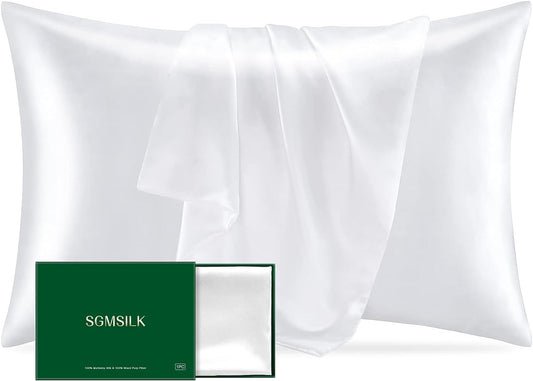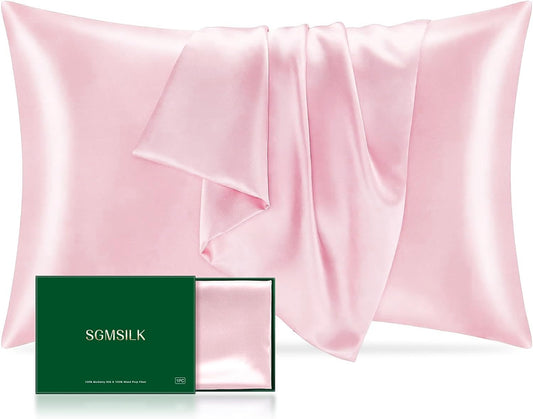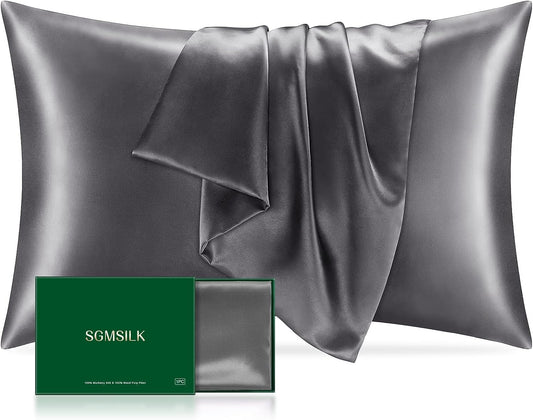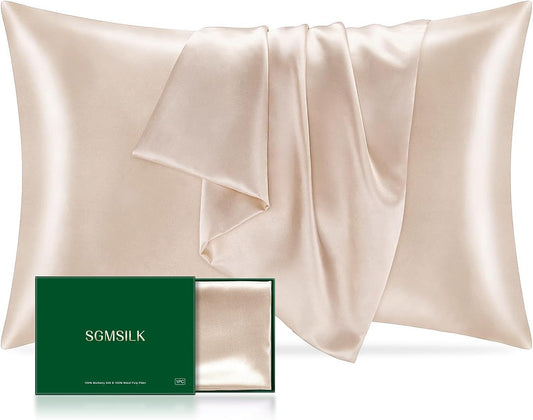Silk, often referred to as the "Queen of Fabrics," has captivated the world for centuries with its delicate beauty, luxurious texture, and fascinating history. Silk craft, encompassing the intricate processes of silk production, weaving, and design, is a testament to the skill and artistry of generations past and present. In this article, we delve into the enchanting world of silk craft, exploring its origins, techniques, and enduring allure.
A Rich Legacy: The Ancient Origins of Silk Craft
Silk craft has its roots in ancient China, where the secrets of silk production were closely guarded for centuries. According to legend, Empress Leizu discovered silk when a silkworm cocoon fell into her tea, unraveling a thread of shimmering beauty. This marked the beginning of sericulture, the cultivation of silkworms for silk production. The intricate process of reeling silk from cocoons and transforming it into thread laid the foundation for the art of silk craft that continues to flourish today.
Sericulture: The Journey from Silkworm to Silk
The first step in silk craft is sericulture, the cultivation of silkworms. This involves carefully nurturing silkworm eggs, providing them with mulberry leaves as their sole food source. As the silkworms grow, they spin cocoons made of a single continuous thread of silk. The cocoons are then carefully collected and processed to extract the silk fibers. The delicate and intricate nature of this process highlights the dedication and patience required to obtain the luxurious silk threads that form the basis of silk craft.

Weaving Magic: Transforming Silk Threads into Art
Once the silk fibers have been obtained, skilled artisans engage in the art of weaving, transforming the threads into exquisite fabrics. Traditional handloom weaving techniques, passed down through generations, involve carefully intertwining the silk threads to create patterns and designs of breathtaking beauty. The looms hum with rhythmic precision as the weavers bring to life intricate motifs, from delicate floral patterns to intricate geometric designs. Each textile is a masterpiece, showcasing the artistry and craftsmanship inherent in silk craft.
Embroidery and Embellishment: Adding Elegance and Intricacy
Silk craft extends beyond weaving; it encompasses a wide range of decorative techniques, including embroidery and embellishment. Silk embroidery is a revered art form, where skilled artisans meticulously stitch intricate designs onto silk fabric, creating intricate patterns and scenes. Techniques such as silk painting, appliqué, and beadwork further enhance the beauty of silk creations, adding depth, texture, and a touch of opulence. These embellishments elevate silk craft to new heights, transforming it into wearable art and decorative masterpieces.

Contemporary Innovation: Revitalizing Silk Craft
While silk craft holds deep-rooted traditions, it has also embraced contemporary innovation. Modern silk craft incorporates technology, enabling faster production and experimentation with new designs and techniques. Digital printing allows for intricate and vibrant designs, while laser cutting and 3D printing open up new possibilities for texture and form. These innovations, combined with the timeless elegance of silk, ensure that silk craft continues to evolve and captivate audiences around the world.
Conclusion
Silk craft is an enchanting blend of tradition, artistry, and innovation. From the ancient origins of sericulture to the intricate weaving techniques and exquisite embellishments, silk craft showcases the enduring allure of this remarkable fabric. Whether in the form of intricately woven textiles, delicate embroidery, or contemporary innovations, silk craft remains a testament to human creativity and the timeless beauty of silk. As we admire the breathtaking creations born from this ancient art, we honor the artisans who have preserved and evolved the craft, weaving elegance and tradition into every thread.




